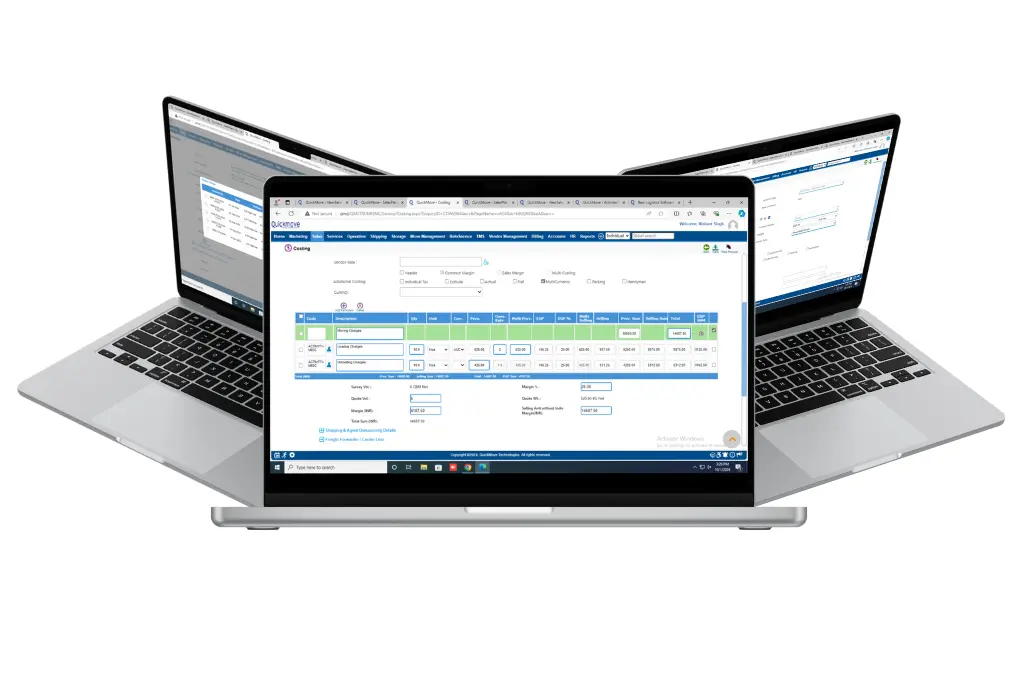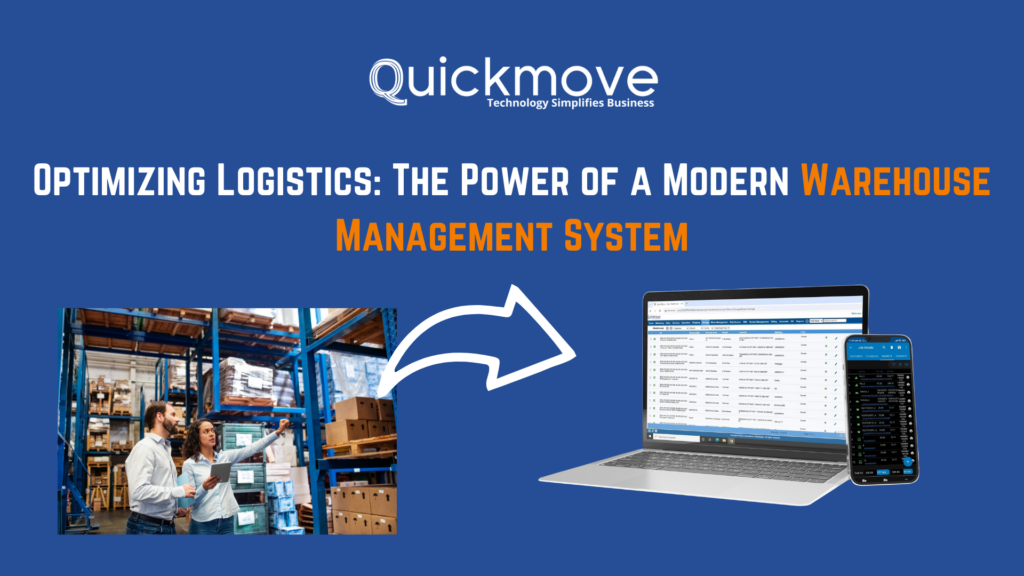In the fast-paced world of logistics and supply chain management, operational efficiency is no longer a luxury—it’s a necessity. Businesses must adapt to rising consumer expectations, increasing demand for faster deliveries, and the complexities of global operations. A Warehouse Management System (WMS) emerges as a vital solution to tackle these challenges, streamlining operations and enabling businesses to stay ahead of the competition. The Key Benefits of a Modern WMS
1. Improved Inventory Management
Real-time inventory tracking is one of the core features of a modern WMS. By providing accurate and instant updates on stock levels, locations, and movement, businesses can:
- Reduce stockouts and overstocking.
- Minimize waste and shrinkage.
- Optimize storage space utilization.
2. Enhanced Order Accuracy and Fulfillment
A WMS enables seamless order processing by automating picking, packing, and shipping tasks. With features like barcode scanning and automated workflows, businesses can:
- Achieve near-perfect order accuracy.
- Reduce return rates and associated costs.
- Improve customer satisfaction with faster and error-free deliveries.
3. Labor Efficiency
Labor is a significant cost driver in warehouse operations. A WMS helps optimize labor usage by:
- Assigning tasks intelligently based on workload and priorities.
- Reducing redundant or manual tasks through automation.
- Enhancing productivity with real-time performance tracking.
4. Cost Reduction
By automating processes, reducing errors, and optimizing resources, a WMS helps cut operational costs. The system also minimizes the need for manual intervention, allowing businesses to scale operations without proportionally increasing costs.
5. Scalability and Flexibility
Modern WMS solutions are highly adaptable to changing business needs. Whether it’s managing seasonal demand spikes or expanding to new locations, a WMS offers the scalability required for growth. Integration capabilities with ERP and TMS systems further enhance its versatility.
How a WMS Optimizes Logistics
1. Seamless Integration with Supply Chain Operations
A WMS bridges the gap between warehousing and other supply chain processes. By integrating with Transport Management Systems (TMS), Enterprise Resource Planning (ERP) software, and e-commerce platforms, a WMS ensures end-to-end visibility and operational harmony.
2. Real-Time Data and Analytics
With access to real-time data, businesses can make informed decisions to optimize workflows. Analytics tools within a WMS provide actionable insights into:
- Inventory trends.
- Order cycle times.
- Labor performance.
- Overall operational efficiency.
3. Streamlined Returns Management
Returns can be a logistical headache, but a WMS simplifies the process. From tracking returned items to re-stocking or disposing of them, a WMS ensures that the returns process is handled efficiently and without disruption to daily operations.
The Role of Technology in Modern WMS
The latest advancements in technology are redefining the capabilities of WMS solutions. Features like artificial intelligence (AI), machine learning (ML), and Internet of Things (IoT) integration enhance efficiency and decision-making. For example:
- AI and ML: Predict demand patterns, optimize inventory levels, and improve warehouse layout planning.
- IoT Integration: Enable real-time tracking of goods and equipment for improved accuracy and efficiency.
- Mobile Applications: Empower workers with handheld devices for faster and error-free operations.
Why Invest in a Modern WMS?
Investing in a modern WMS is not just about keeping pace with industry standards; it’s about gaining a competitive edge. Here are a few compelling reasons why businesses should consider implementing a WMS:
- Enhanced Customer Satisfaction: Faster deliveries, accurate orders, and efficient returns management create a better customer experience.
- Future-Readiness: As businesses scale, a WMS provides the flexibility to grow without significant operational disruptions.
- Sustainability Goals: By optimizing resource utilization and reducing waste, a WMS helps businesses achieve their sustainability objectives.
Conclusion
The logistics industry is evolving rapidly, and businesses that leverage technology to optimize operations will emerge as leaders in the market. A modern Warehouse Management System is a cornerstone of this transformation, providing the tools needed to streamline processes, reduce costs, and enhance customer satisfaction. Whether you’re looking to scale operations or gain a competitive edge, investing in a WMS is a step toward long-term success.
Take your logistics operations to the next level with a state-of-the-art Warehouse Management System. The future of warehousing is here—are you ready to embrace it?
 Email Us
Email Us

 Freight Forwarding Software
Freight Forwarding Software Moving/Removal Software
Moving/Removal Software Warehouse Management System
Warehouse Management System Transport Management System
Transport Management System Customer Service Portal
Customer Service Portal Move Survey Quote Pro
Move Survey Quote Pro Digital Logistics Inventory App
Digital Logistics Inventory App

